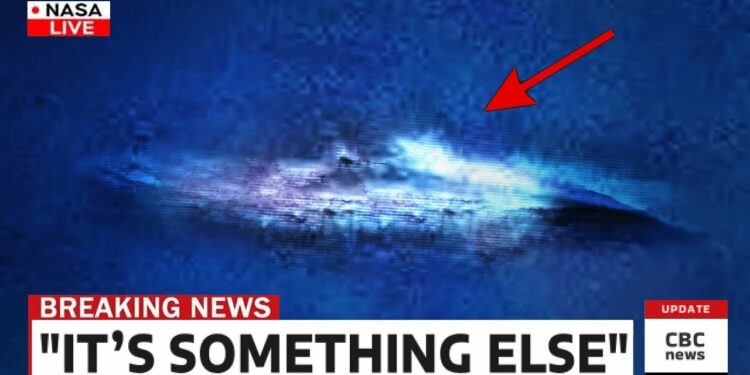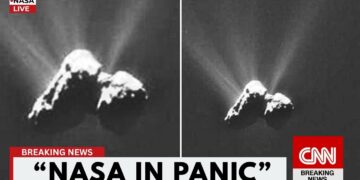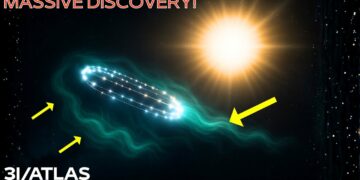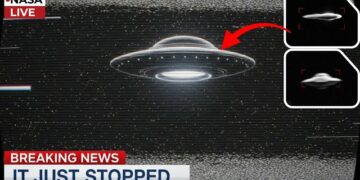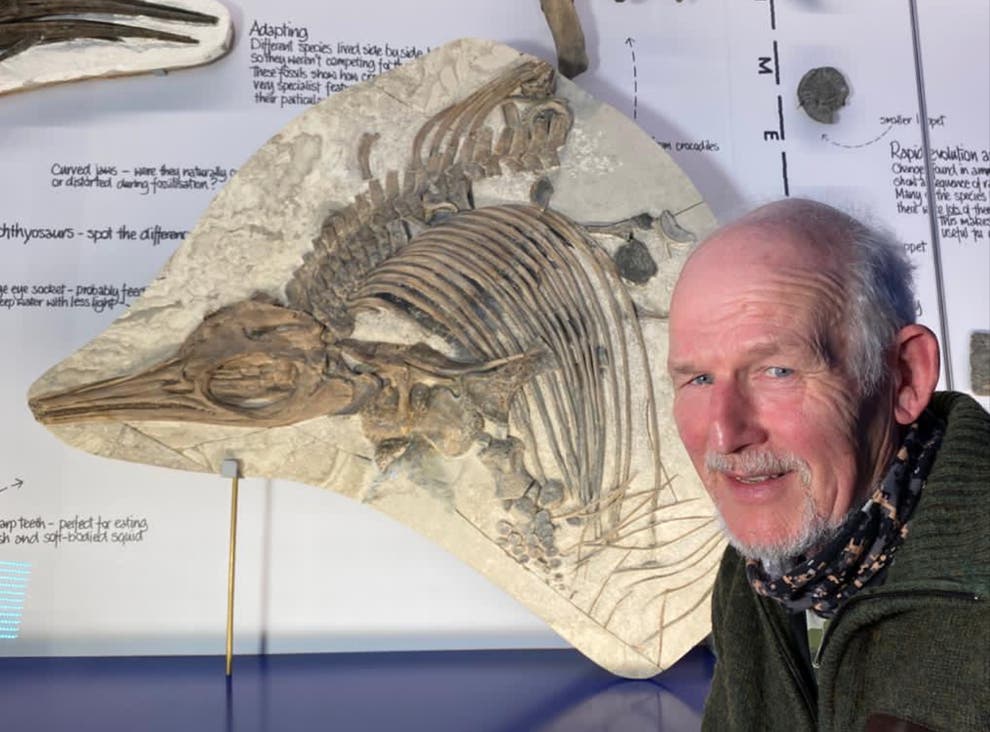New images of 3I Atlas have confirmed it is not a comet, leaving researchers worldwide stunned. Initially cataloged as a routine comet, 3I Atlas now appears to be something entirely different—something that defies easy classification. The typical characteristics of a comet are absent, replaced by phenomena that raise more questions than answers. Is this a natural fragment drifting between stars, or could it be a relic from an unknown civilization? Let’s dive into the details.
When the Universe Got Strange
July 1, 2025, was supposed to be a routine night for the ATLAS survey in Chile, which regularly detects moving objects like asteroids, comets, and space debris reflecting sunlight. Most objects are assigned a designation and filed away in databases. But when computers calculated 3I Atlas’s speed at 130,000 mph, slicing through our solar system with pinpoint precision, the routine shattered. The ATLAS telescopes in Hawaii, four robotic sentinels perched on volcanic peaks, have been imaging the sky for years to hunt for Earth-threatening objects. Operating like cosmic security cameras, they capture images every few minutes, with software identifying anything moving against the starry backdrop. When 3I Atlas was flagged, it wasn’t just moving—it was racing at a velocity no solar system object could naturally achieve.
This speed—58 km/s relative to the Sun—indicated an interstellar traveler that had journeyed for potentially millions of years before entering our cosmic neighborhood. Unlike solar system objects, which require a gravitational boost from a massive body like Jupiter to reach such speeds, 3I Atlas was arriving, not departing. Its hyperbolic trajectory pointed to an origin far beyond our system. The statistics were staggering: it approached within 5° of the ecliptic plane, with odds of about 2 in 1,000, and aligned sequential flybys with Mars, Venus, and Jupiter, with a combined probability of less than 1 in 20,000. These aren’t numbers that occur by chance in a universe where debris drifts aimlessly.
Unusual Chemistry
Data from the James Webb Space Telescope revealed a carbon dioxide-to-water ratio of 8:1, four standard deviations beyond any comet ever studied. This extreme chemistry concentrated precisely on the Sun-facing side, aligning with an inexplicable plume. This connection between chemistry and physics suggests processes that natural phenomena shouldn’t permit.
A Rule-Breaking Phenomenon
Physics textbooks state that comet tails form as solar radiation pushes dust and gas away from the Sun, creating the iconic streaming patterns of cosmic snowballs. This has held true for every comet observed, from ancient records to modern missions—until 3I Atlas treated this law as optional. Hubble’s late July images revealed something baffling: instead of a tail flowing away from the Sun, 3I Atlas was pushing material toward it in a focused, persistent beam, defying the solar wind that should scatter such particles. Hubble’s operators initially suspected a telescope error, as the Wide Field Camera 3 had reliably captured comet tails before, always showing the expected anti-Sunward flow. But repeated images confirmed a narrow jet of material aimed directly at the Sun, maintaining its shape over days as if guided.
The Space Telescope Science Institute ran exhaustive diagnostics—checking calibration, pointing accuracy, and comparing images to prior comet observations. Everything was functioning perfectly, making the anomaly even more unsettling. This was no glitch; it was an object behaving in ways that challenged fundamental physics. Simulations adjusting particle sizes, velocities, and solar wind parameters failed to replicate the observations. The only way to match the data required an active force launching material with enough power to overcome solar radiation pressure. Dust dynamics codes, reliable for decades, produced errors when modeling 3I Atlas, unable to account for heavy particles maintaining stable Sunward trajectories.
Forces That Shouldn’t Exist
Astrometric data from observatories like Lowell and Gemini South, logging hundreds of positional measurements, initially suggested a standard hyperbolic trajectory with an eccentricity over six, confirming an interstellar origin. Orbital determination, a routine process refined over centuries, typically predicts an object’s path with precision. But 3I Atlas’s residuals—the differences between predicted and observed positions—showed a consistent Sunward bias, indicating a continuous force of approximately 4×10⁻⁷ m/s². Lowell’s 4.3-meter Discovery Telescope tracked the object with sub-arcsecond precision, yet the growing residuals suggested something was actively pushing 3I Atlas.
For comets, such deviations usually result from gas escaping as ice sublimates, but this force was in the wrong direction and too precise. The acceleration, correlating with the Sunward plume, would require mass loss hundreds of times higher than the object’s brightness suggested, even considering its unusual carbon dioxide chemistry. NASA’s Jet Propulsion Laboratory flagged 3I Atlas for non-gravitational monitoring, with internal memos cautiously noting a “propulsive signature,” though official reports used neutral terms like “non-gravitational perturbations.” The consistency across observatories ruled out errors, confirming a real, unexplained force.
Evidence That Changes Everything
James Webb’s spectroscopy revealed a chemistry so extreme it redefined comet composition. The 8:1 carbon dioxide-to-water ratio, measured at 3.3 astronomical units, overwhelmed other spectral features, with carbon dioxide’s 4.3-micron absorption dominating the spectrum. Carbon monoxide, typically prominent in distant comets, was only 1.4 times the water content. Detecting these faint signals required long exposures and meticulous background subtraction. The carbon dioxide concentrated on the Sun-facing side, matching the plume’s origin, suggesting an active, directional process rather than uniform sublimation.
Isotopic analysis of carbon-12 to carbon-13 ratios, measured with exceptional precision, matched Earth’s composition, hinting at formation around a Sun-like star. Yet, the overall chemistry was alien, indicating a planetary nursery with familiar stellar chemistry but radically different thermal processing. These measurements, among the most challenging possible, underscored both James Webb’s capabilities and 3I Atlas’s unusual brightness.
A Propulsion-Like Signature
When NASA’s propulsion specialists examined 3I Atlas’s plume, they noted unsettling similarities to ion drives used in interplanetary missions. These engines accelerate charged particles through electromagnetic fields, producing narrow, collimated exhaust streams that maintain integrity over vast distances. The resulting thrust is gentle but persistent, altering spacecraft velocities over time. The plume of 3I Atlas mirrored this: a narrow, uniform-velocity jet resisting solar wind, directed toward the Sun as if decelerating. The timing of these emissions, aligned with optimal gravitational assists, resembled the Oberth effect, where thrust is maximized near a massive body like a star.
What are your thoughts on these latest updates about 3I Atlas? Share them in the comments below, and don’t forget to like and subscribe for more on this cosmic enigma.

